Find Your Next Trail Run With A Mountain Bike
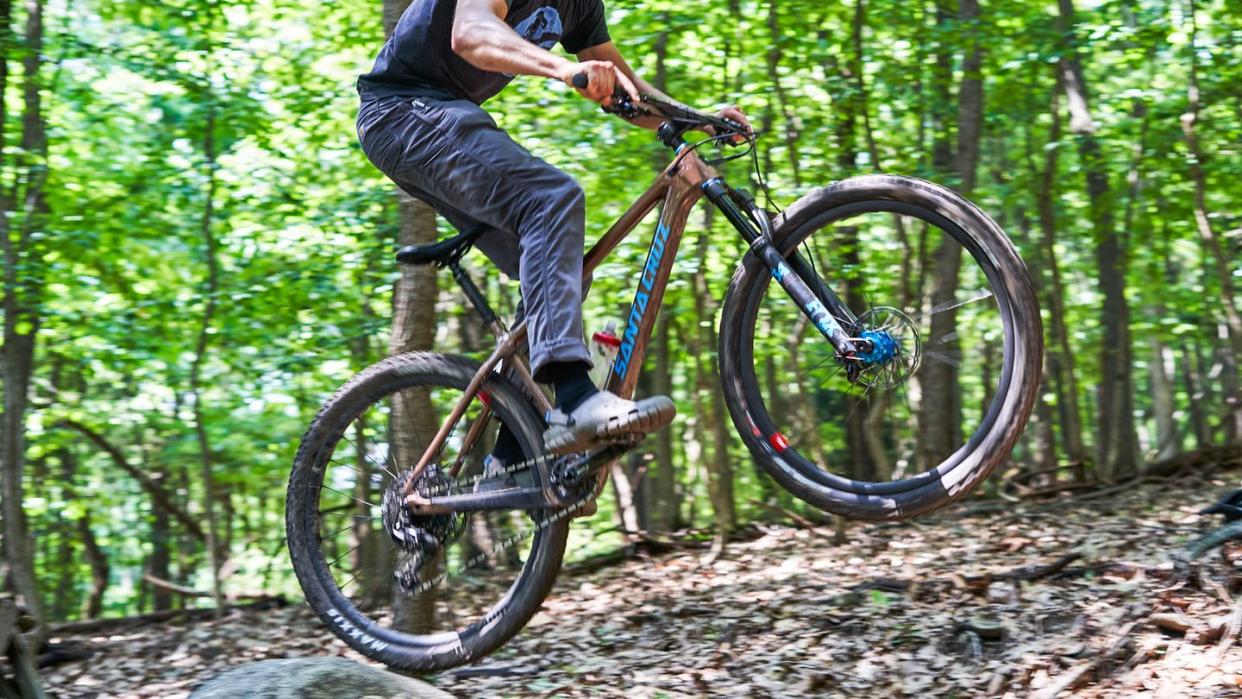
"Hearst Magazines and Yahoo may earn commission or revenue on some items through these links."
For runners in search of an alternative sport that can serve as a fun and productive training method—look no further than mountain biking. An excellent cross-training exercise for runners, mountain biking can help build muscle in areas that are typically undeveloped in runners (think glutes and core).
Hopping on a bike is another way to challenge yourself by mixing up your regular training plan or incorporating a new workout in the off-season. A huge benefit of mountain biking: it’s considered more “low impact” than running. It allows you to boost your cardiovascular endurance while giving your muscles a break from higher-impact running.
Are you an avid trail runner? Mountain biking can serve as a beneficial way to explore trails and cover more ground—a quick and fun way to scope out your next run. Climbing a steep single track on a bike will give you that good suffer-fest that most athletes live for and cherish.
The different options, customizations, and styles (not to mention the upfront cost of this sport) might feel overwhelming, but it’s manageable if you know what you need to get started. Whether it’s a full suspension downhill shred machine or a hardtail cross country bike, I’ve picked my favorites. Read on to find the mountain bike that's best for you.
Best Mountain Bikes
Affordable Full Suspension: Marin Rift Zone 2
Cross Country Hardtail: Cannondale Scalpel HT Carbon 3
Best Women's Full Suspension: Liv Intrigue Advanced
Great Beginner Bike: Cannondale Trail 5
Great First Race Bike: Trek Marlin 7
The Expert: As a Pacific Northwest native, I’m an avid skier (alpine and backcountry), mountain biker, and kiteboarder. Simply put, I enjoy all things outdoor sports related. I didn't start mountain biking until I was an adult but hit the ground running. Along with my husband, I have tested and ridden countless types of mountain bikes over the years. Most recently, we traveled to Italy to explore trails in Finale Ligure on the Italian Riviera.
What To Consider When Buying a Mountain Bike
Types of Mountain Bikes
The kind of riding you plan to do will help determine the style of mountain bike you should purchase.
Suspension
There are one of two types of suspension on your average mountain bike—hardtail or full suspension. Hardtail mountain bikes have a front fork suspension. Full suspension bikes have both front fork suspension and rear suspension.
A hardtail bike will usually be lighter, easier for climbs, and is better suited for cross-country-style mountain biking, while a full suspension bike offers more comfort riding through technical terrain, a cushier feel, and is better equipped for downhill riding that involves jumps or drops. The decision is dependent on riding style and budget. On average, though, full suspension bikes are more expensive than hardtails.
Hardtail
If you’re interested in logging miles and don’t mind climbing, a hardtail mountain bike is for you. Hardtail bikes only have a front fork for suspension (no rear suspension), which allows the bike to climb uphill more efficiently. Keep in mind, however, that you'll lose some of the cushion/absorption on the descent. Most cross-country bikes fall within this category. If you’re a runner who might enjoy a longer ride, and your priority is efficiency on climbs over downhill performance, go for a hardtail.
Full Suspension
A full-suspension/trail mountain bike has both front and rear shocks to help absorb rough terrain. This is the catch-all for the average rider. Most full suspension bikes are capable of handling rugged downhill single track, varied terrain as well as manage uphill climbs.
There are varieties of full suspension bikes, including “Enduro” and “downhill.” Enduro bikes are built more for downhill racing with longer travel and slack geometry but are still capable of efficient climbing. Downhill-specific bikes are designed for just that—downhill riding. The massive suspension allows for high speeds and big drops yet you’ll sacrifice uphill performance.
E-MTBs
For lower impact rides or if you want to cover more ground in less time, E-mountain bikes have become incredibly popular. The latest technology and designs are lighter in weight and handle more like a regular bike. Most large bike manufacturers now have E-bikes in their lineups.
Sizing
Frame size and wheel size are keys to finding the right fit with a bike. The majority of adult mountain bikes come with 27.5-inch or 29-inch wheels. Generally, the larger 29-inch wheels offer more speed and stability while the 27.5-inch wheels deliver a more responsive “snappy” feel as the smaller wheel accelerates a bit faster.
Shorter/smaller riders might want to try a bike with 27.5-inch wheels, while taller riders may prefer one with 29-inch wheels. There is also a new style of bike that has emerged in recent years. The mixed-wheel or “mullet” bike is set up with a 29-inch wheel in the front and a 27.5-inch wheel in the rear.
This mixed-wheel style is better suited for fast, technical terrain, as it provides more control in the front and more clearance in the rear and, therefore, may be best for more advanced riders. Frame sizes usually run S, M, L, and XL and are determined based on height. Some brands also offer custom sizing with the additions of XS and XXL frames.
Gearing
Many modern mountain bikes are equipped with one (1x) drivetrain—a single chainring on the crank. These drivetrains are simpler, lower maintenance, quieter, and less likely to drop the chain than 2x or 3x drivetrains. At the rear, many 1x bikes have 10, 11, or 12 aka “eagle” rings which offer more range and tighter jumps between gears.
While there are less expensive mountain bikes with 2x or 3x drivetrains, for this roundup I have focused on the newer and more advanced mountain biking technology. The latest trend in the mountain bike world is a drivetrain with electronic shifting. This can be seen on e-mountain bikes but now it’s being used on standard pedal bikes as well.
Seatpost
A standard seatpost is adjustable by hand to the height of the rider. Many riders will lower their seatpost when riding downhill to allow more maneuverability and raise their seatpost again when climbing uphill.
A dropper seatpost or “dropper” is an integrated cable (or in some cases electronic) which allows the rider to quickly adjust the height of the saddle with the use of a lever usually located on the handlebar. This saves time and eliminates inconvenience of making manual adjustments. Many new mid- to high-end mountain bikes come stock with a dropper post.
How We Selected These Mountain Bikes
Based on my knowledge of many of these brands and types of bikes, I have picked the mountain bikes featured below as the best ones for runners who may want to invest in a mountain bike. Many factors are at play when determining which mountain bike is best for you, so I evaluated these on the key factors like the quality of parts/components, value, my experience riding similar models, and how the overall package meets the needs of the intended rider. These are the mountain bikes to try now.
Rift Zone 2
The Rift Zone 2 is the 29er version of the Bicycling Editors’ Choice–winning Marin Hawk Hill. It gets larger wheels, which roll over rocks and other features more easily and add some stability as you pick up speed.
With 125mm of travel, it’s great for trail rides, especially on technical terrain, and can even work for some light-duty racing. A 1x drivetrain, dropper post, hydraulic disc brakes, and tubeless-ready wheels make the Rift Zone 2 stand out—few bikes at this price include all these features.
But those are only some of the reasons why we fell for it. Marin also got the geometry just right. It simply took the winning dimensions of the Hawk Hill and adapted them for bigger wheels.
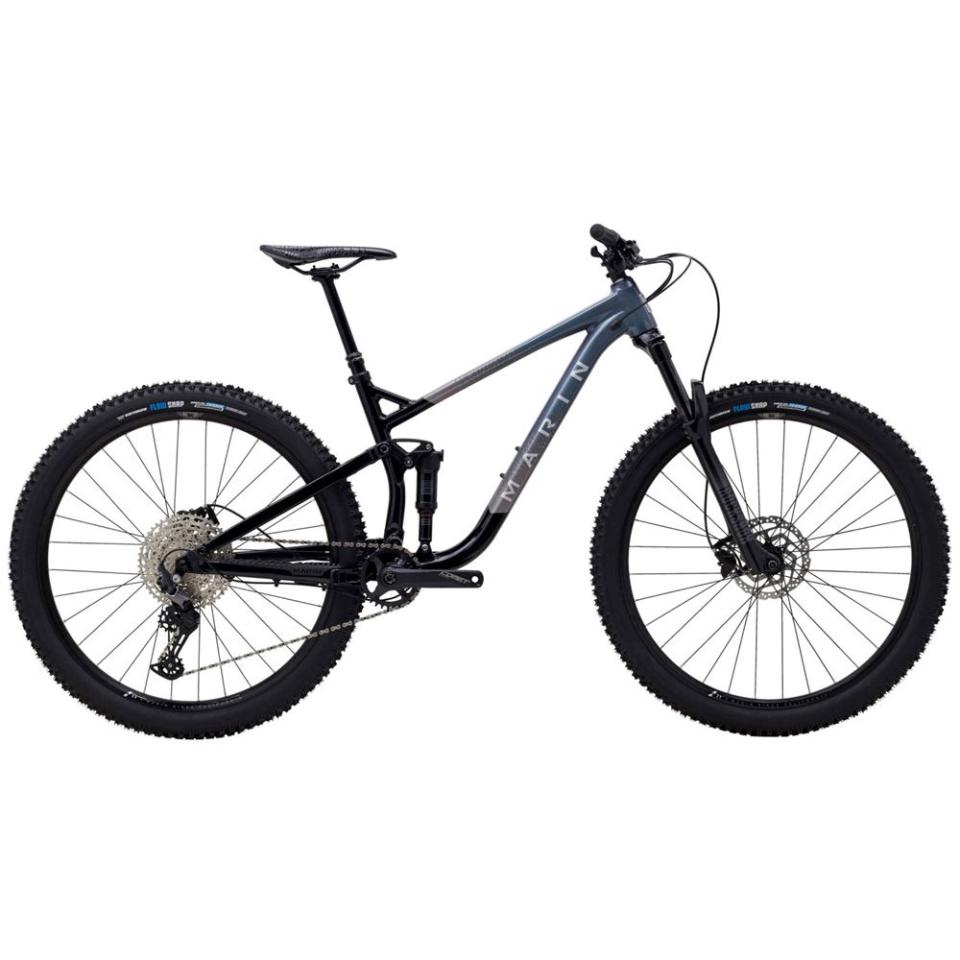
Scalpel HT Carbon 3
The award-winning Scalpel hardtail is built for speed and efficiency. This lightweight frame and thoughtful geometry keep you centered and balanced for optimal traction on the uphill. The Scalpel has a slacker head angle, steeper seat tube angles and longer wheelbase, providing more stability and control.
This bike is a great choice for cross-country racing or simply logging miles on a single track. If you're a distance runner, a hardtail is a great fit. You can ride long distances, working on endurance and speed while challenging yourself on different types of single-track mountain bike trails and climbs.
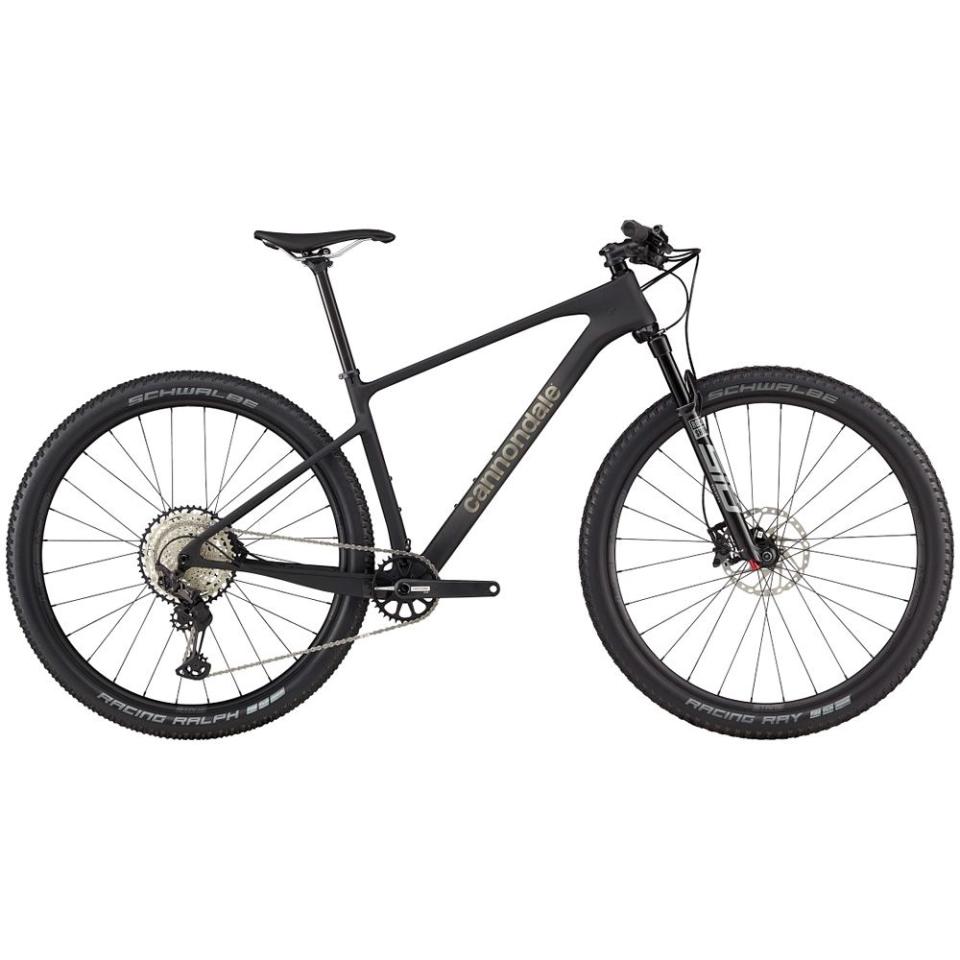
Intrigue Advanced
Liv is the women’s-specific line from Giant Mountain Bikes. Founded by Bonnie Tu, the female-run company's bikes are built with women in mind. This is a perfect all-around full suspension bike for a person looking to ride a variety of trials and terrain.
The composite frame is unique to Liv, made from raw carbon material, so it's lightweight while still maintaining stiffness for a secure ride. The rear Maestro suspension technology gives a smooth, comfortable feeling with traction and control under speed.
The Intrigue comes stock with a dropper post, the Liv Sylvia women's-specific saddle, and tubeless ready Maxxis tires. Shimano components and a Fox Float 36 front fork make this a solid buy.
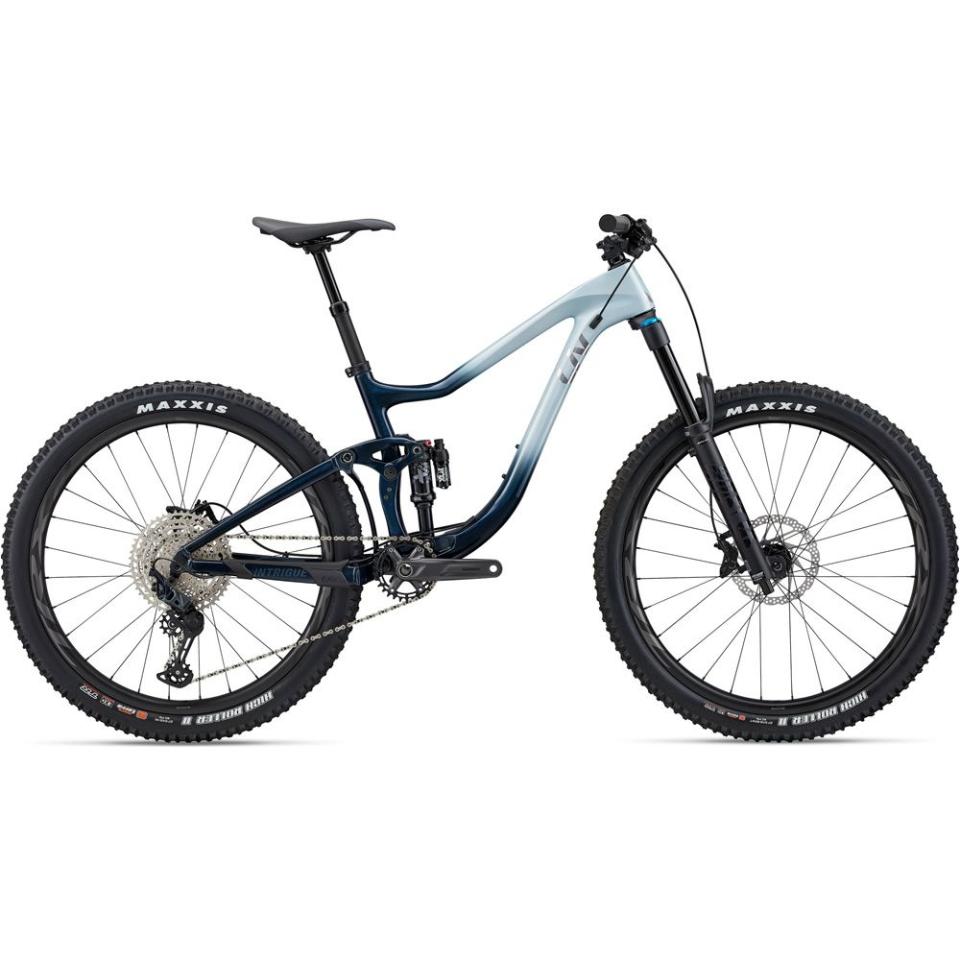
Trail 5
Finding a modern mountain bike with decent components for under $1,000 is tough, but Cannondale delivers. The Trail 5 has a 1x10 microSHIFT Advent X rear derailleur, Shimano hydraulic disc brakes, internal cable routing, and is dropper post compatible.
With 100mm of front travel, this bike is great for those just getting into mountain biking who want to explore single track, cross country rides, and some moderate downhill. The semi-slack geometry is suited for beginner riders and makes for a comfortable and controlled position on the bike.
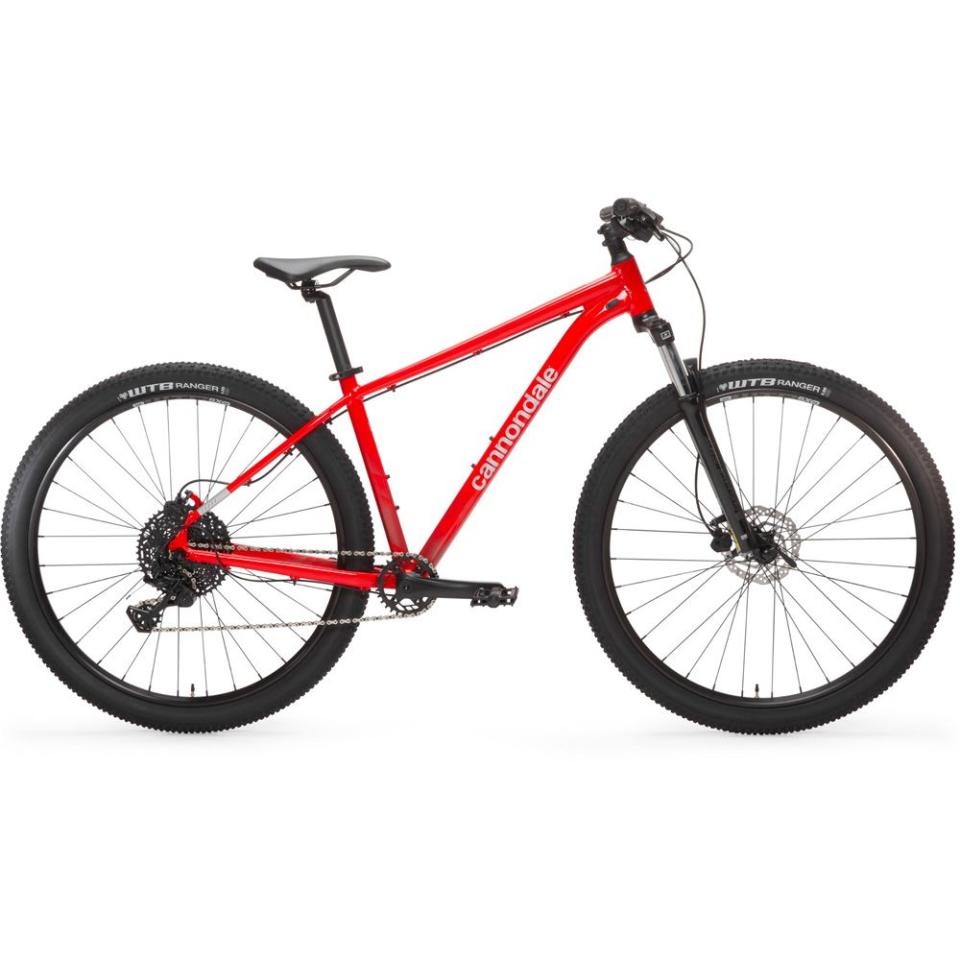
Marlin 7
One of the less expensive bikes in this roundup, the Marlin 7, which also comes in a women’s version, is ideal for aspiring racers, everyday trail riders, and casual commuters alike. Riders who like to pedal fast will appreciate its steep, aggressive head and seat angles, and a high bottom bracket that offers decent pedal clearance on the trail.
Its cables are internally routed, too, which isn’t common on bikes at this price. It has a 1x10-speed Shimano drivetrain that provides plenty of gearing options and simplifies shifting decisions.
Even though the RockShox Judy 100mm coil-spring fork is heavier than some comparable air-spring models, it does a surprisingly good job on rocky trails.
Add to that the 2.2-inch-wide Bontrager tires on 29-inch Bontrager Connection rims, which never squirm too much on sketchy terrain, and you've got a bike that not only looks fast, but also offers the kind of sharp handling and precise steering you’d expect from higher-priced racing models.
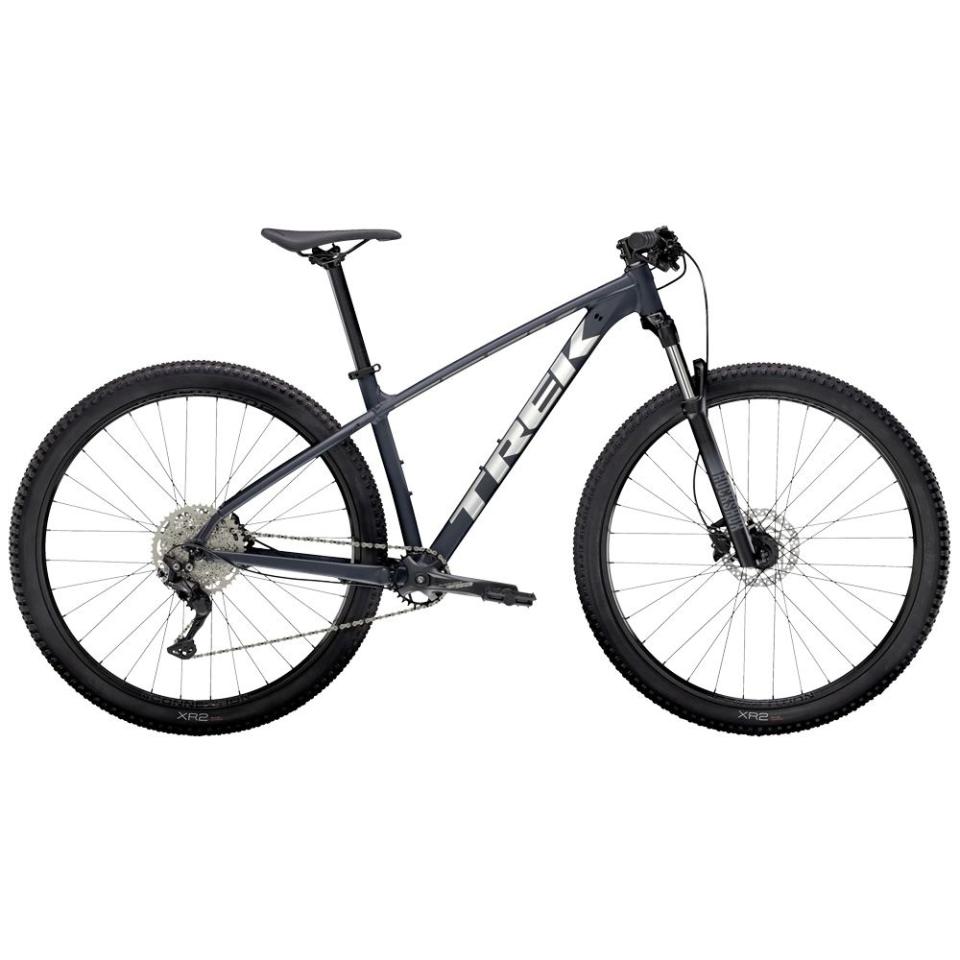
Growler 20
With its classic hardtail design, the Growler has some aggressive geometry and is set on 29-inch wheels, so it's ready for rowdy descents.
The front suspension with 130mm of travel will give you room to explore a variety of trails and features, and this bike comes stock with a built-in dropper post, which is a bonus.
The 1x10 drivetrain keeps things simple but may make this bike a little more challenging on climbs as you don't get that eagle gear which, as noted earlier, offers more range and tighter jumps between gears.
Overall, though, the price point for this ride is hard to beat.
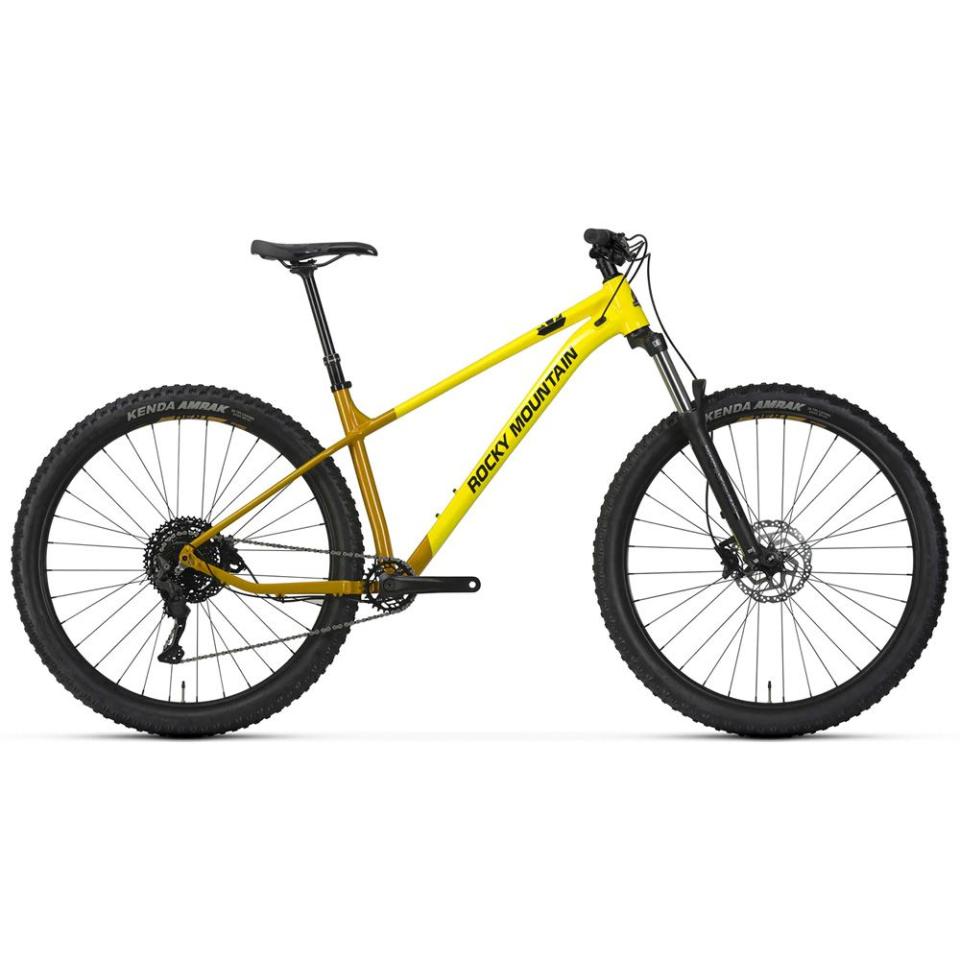
Stance E+ 2
E-bikes have become more popular with mountain bikers, allowing riders to cover more ground without sacrificing performance thanks to new designs and technology. They have also become a great way for more beginner riders to experience the thrill of mountain biking with a little help.
E-bikes make climbing a breeze if you're short on time and allow you to cover more miles when exploring new trails.
The Giant Stance is an affordable option. Whether you are using it for cross training or your rest day from running, this bike is a great option. The SyncDrive Sport motor with 70 Nm of torque provides the needed assistance for long climbs and short/steep features. Having full suspension (140mm of front and 120mm of rear travel) will make this a comfortable and smooth ride.
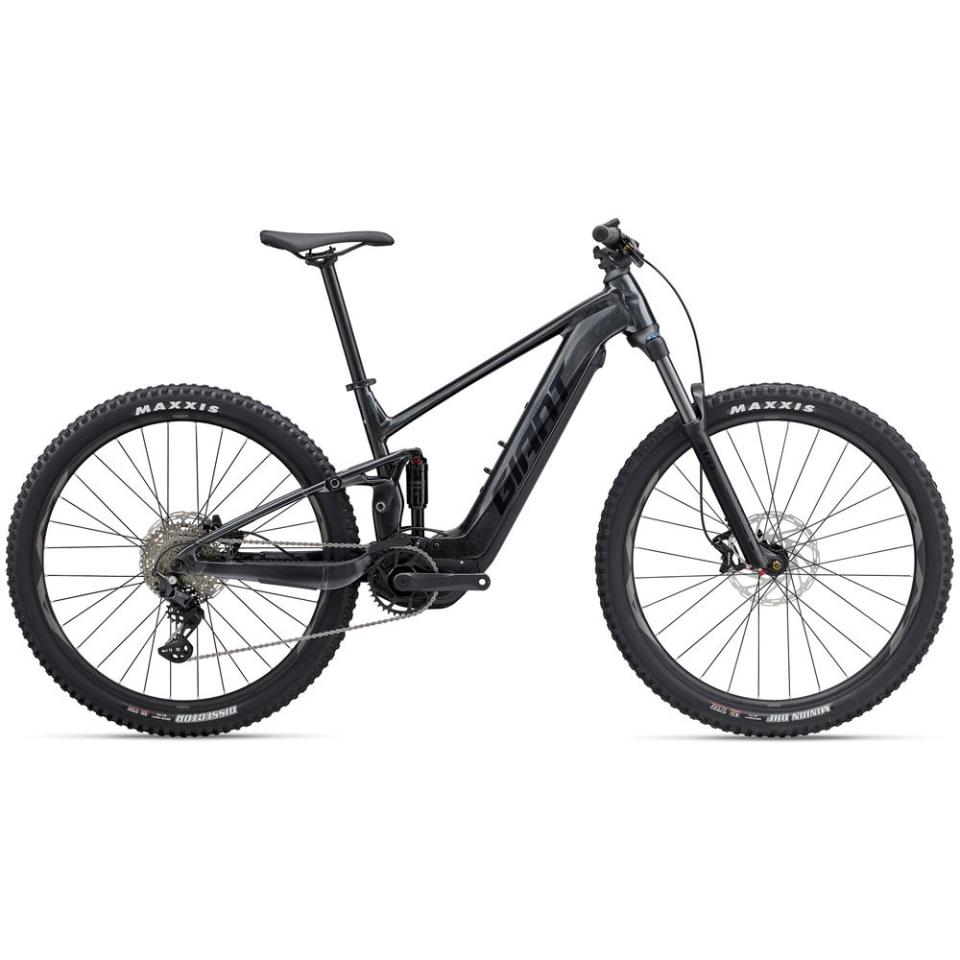
Chameleon D MX
Like a Chameleon, this bike can shapeshift for any rider. Sant Cruz designed this ride with customization in mind so you can easily swap between a full 29-inch wheel setup or mixed 29-inch front/ 27.5-inch rear configuration.
Customizing to the “business in the front, party in the back” model gives you stability up front while allowing for playful flow and quick switchbacks in the rear. The low-angle top tube and geometry of this bike allow for a variety of configurations and riding types.
Climbing is a breeze with SRAM’s 12-speed drivetrain, and the 130mm RockShox Recon front fork handles the technical gnar with ease. The SDG dropper post adds a quick shift for climbing.
Although pricey, the customization, top end components, and the Santa Cruz notoriety make this an excellent value.

Where to Ride, Carbon or Aluminum Frame, and How to Pick Your First Mountain Bike—Expert Katy Loewy Has the Answers!
How important is weight when choosing a mountain bike?
If you plan to ride a lot of XC trails or you enjoy climbing, bike weight is a factor. A lighter bike will be easier to climb with as you're moving less weight up the hill.
If you’re looking to cut weight, a carbon frame will be lighter than an aluminum frame, but will come with a steeper price tag. For many, it's worth it. You can also upgrade other components, like wheels, to lighter material like carbon.
Also take the rider’s size into consideration. A larger rider may want a sturdier frame and components to ensure durability, while a lighter rider may feel more comfortable riding a lighter bike that's easier to maneuver. At the end of the day, it's all about your budget and preference.
I’m a beginner and want to ease into mountain biking. What is the right bike for me?
There are some great entry-level mountain bikes out there. If you aren't sure what sort of riding you'll like to do or how quickly you will progress, go with an entry-level full suspension bike. This will allow you to ride any sort of trail: downhill, single track, gravel road, or something else.
Additionally, be sure your bike has disc brakes and a 1x drivetrain. And, finally, look for an integrated dropper post and decent saddle. Comfort is key on both the uphill and downhill. Quickly adjusting the seat height to the most efficient and comfortable position will make for a much more enjoyable ride.
Spending just a bit extra for a more modern bike will make sure you have something you can grow with and will ultimately be less maintenance.
How can I find the best places to ride a mountain bike in my area?
Stop in at any local bike shop—it’s a great way to get info and hear suggestions from the people who ride in that area. Download an app like Trailforks for some more recommendations. Most areas are fully mapped in this app, providing difficulty ratings, photos and descriptions. You'll discover new trails within your comfort zone and get up-to-date rider input.
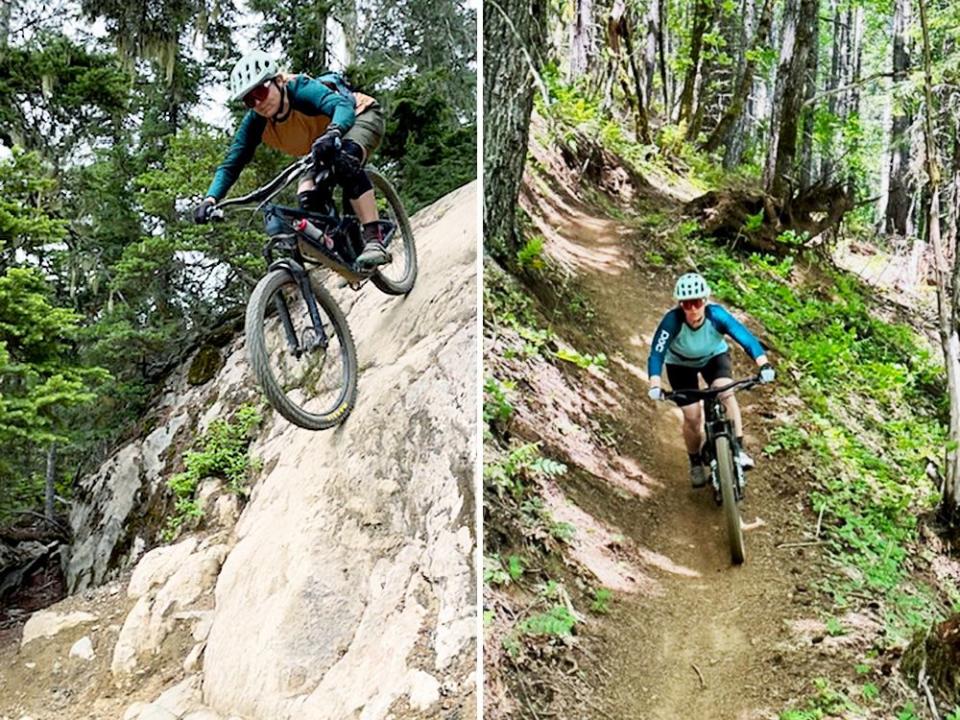
You Might Also Like